-
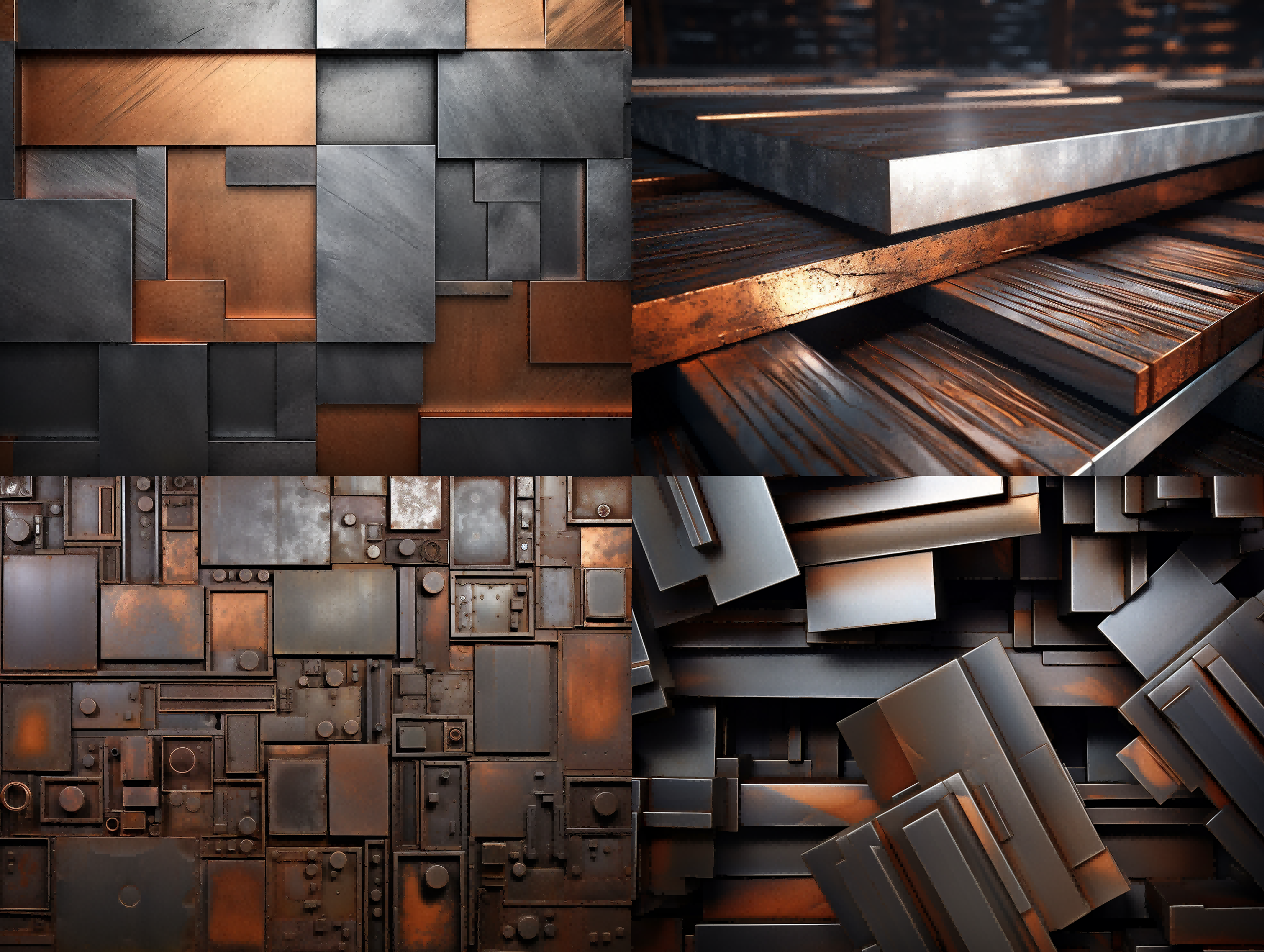
11 Types of Metal Finish
Type 1: Plating (or conversion) coatings Metal plating is the process of changing the surface of a substrate by covering it with thin layers of another metal such as zinc, nickel, chromium or cadmium. Metal plating can improve the durability, surface friction, corrosion ...Read more -
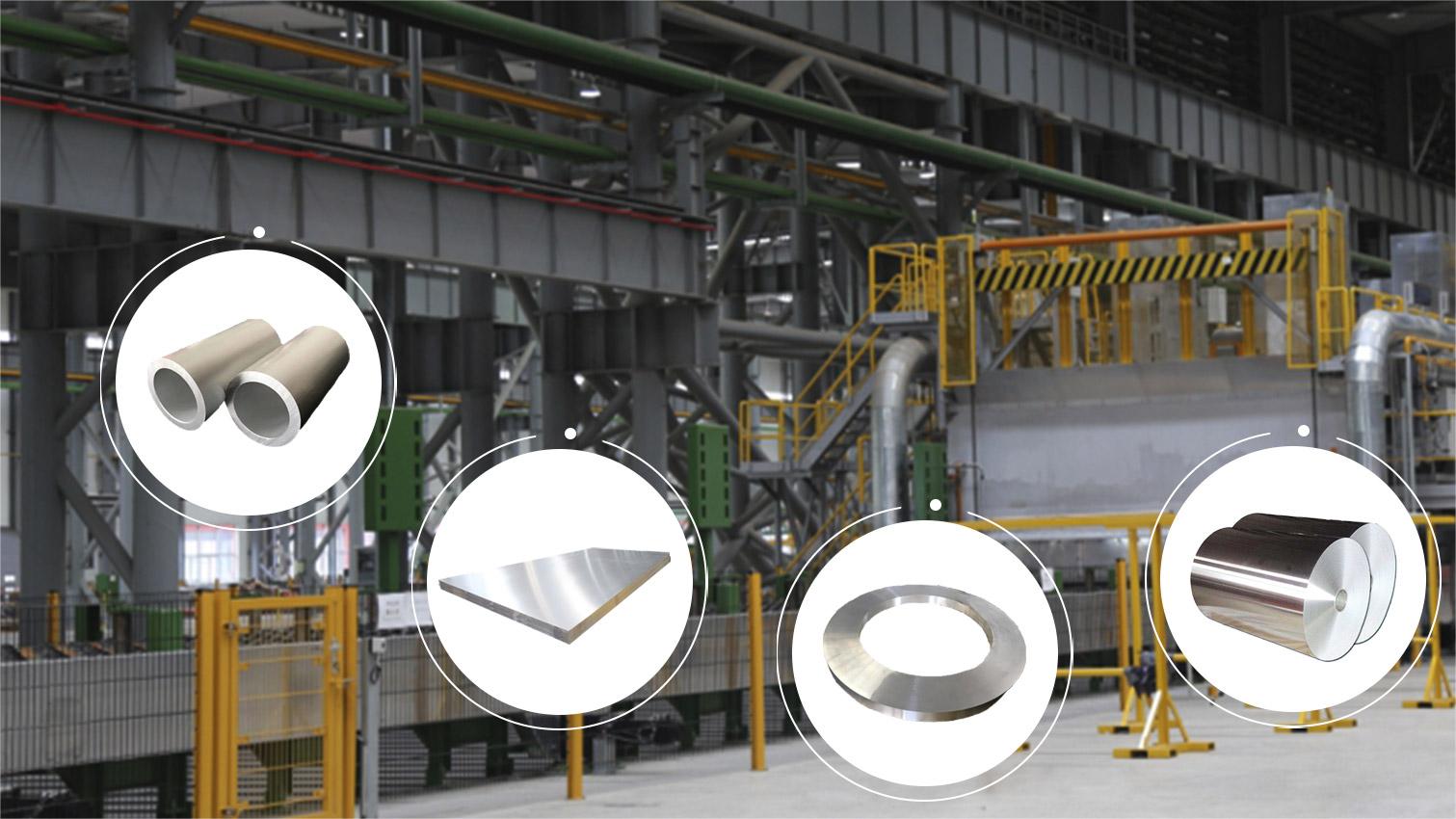
Know More About Rolled Aluminum
1.What are the Applications for Rolled Aluminum? 2.Semi-rigid containers made from rolled aluminum Rolling aluminum is one of the major metal processes used to transform slabs of cast aluminum into a usable form for further processing. Rolled aluminum can also be the fi...Read more -
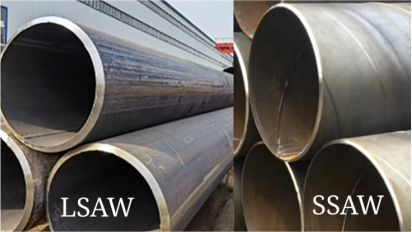
The difference between LSAW Pipe and SSAW tube
API LSAW pipeline manufacturing process Longitudinal submerged arc welded pipe (LSAW pipe), also known as SAWL pipe. It takes steel plate as raw material, which is shaped by forming machine, and then submerged arc welding is carried out on both sides. Through this proces...Read more -
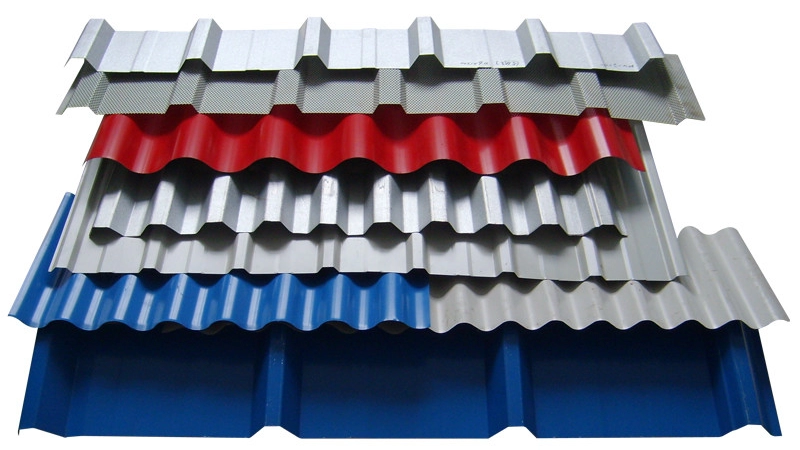
The Benefits Of Galvanized Steel Roofing
There are many benefits to steel roofing, including protection against corrosion and energy efficiency. The following are just a few of the advantages. For more information, contact a roofing contractor today. Here are some things to consider about galvanized steel. Read...Read more -
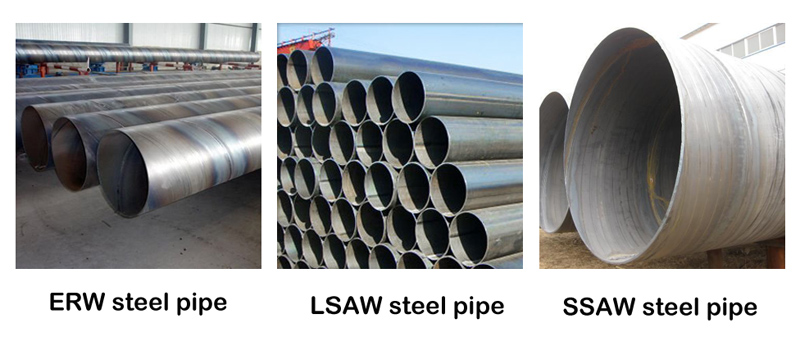
Seamless, ERW, LSAW and SSAW Pipes: The Differences and Property
Steel pipes come in many forms and sizes. Seamless pipe is a non-welded option, made of hollowed steel billet. When it comes to welded steel pipes, there are three options: ERW, LSAW and SSAW. ERW pipes are made of resistance welded steel plates. LSAW pipe is made of lon...Read more -
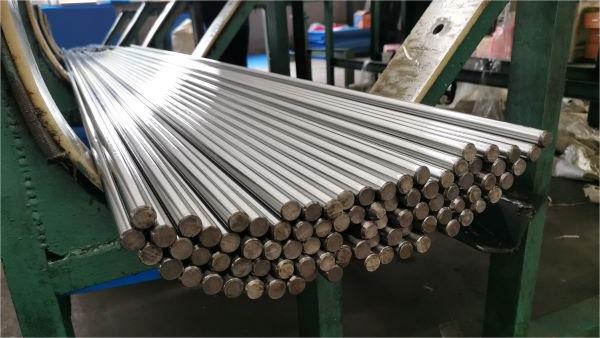
High-speed tool steel CPM Rex T15
● Overview of High-speed tool steel High-speed steel (HSS or HS) is a subset of tool steels, which is commonly used as cutting tool material. High speed steels (HSS ) get their name from the fact that they may be operated as cutting tools at much higher cutting speeds th...Read more -
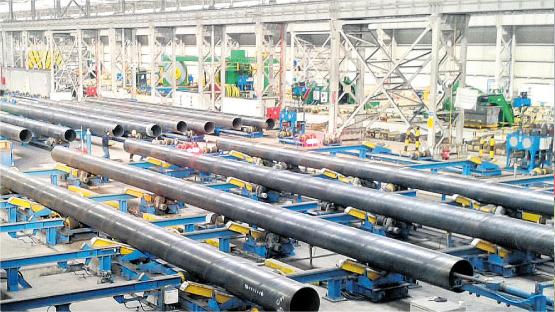
ERW PIPE, SSAW PIPE, LSAW PIPE RATE AND FEATURE
ERW welded steel pipe: high-frequency resistance welded pipe, made of hot-rolled steel plate, through continuous forming, bending, welding, heat treatment, sizing, straightening, cutting and other processes. Features: Compared with spiral seam submerged arc welded steel ...Read more -
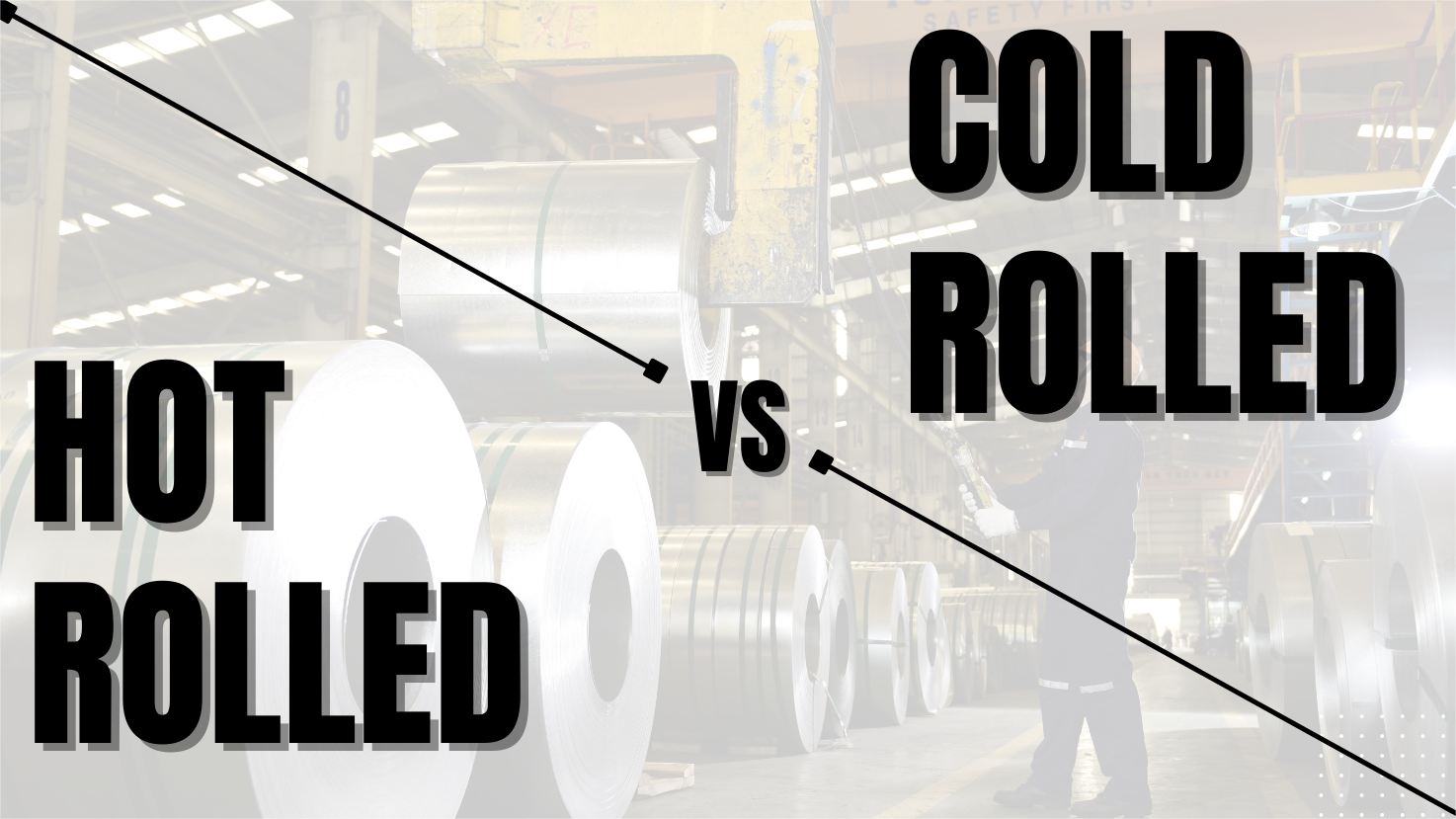
Differences between Hot Rolled Steel and Cold Rolled Steel
1.What is Hot Rolled Steel Material Grades Steel is an iron alloy that contains a small amount of carbon. Steel products come in different grades based on the percentage of carbon they contain. The differing steel classes are categorized according to their respective car...Read more -
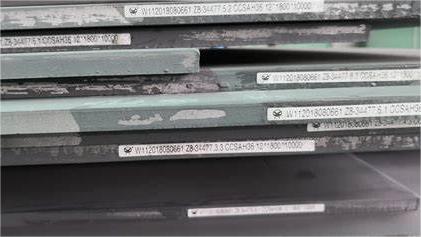
Know More About CCSA Shipbuilding Plate
Alloy Steel CCSA Shipbuilding Plate CCS (China Classification Society ) provides classification services to shipbuilding project. Acc to the CCS standard, shipbuilding plate has: A B D E A32 A36 A40 D32 D36 D40 E32 E36 E40 F32 F36 F40 CCSA is most widely used in the ship...Read more -
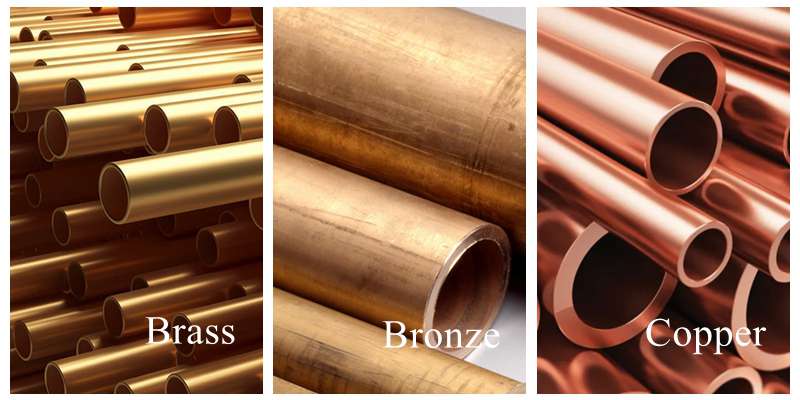
Copper vs. Brass vs. Bronze: What’s the Difference?
Sometimes referred to as the ‘red metals’, copper, brass and bronze can be difficult to tell apart. Similar in colour and often marketed in the same categories, the difference in these metals may surprise you! Please see our comparison chart below to give you an idea: &n...Read more -
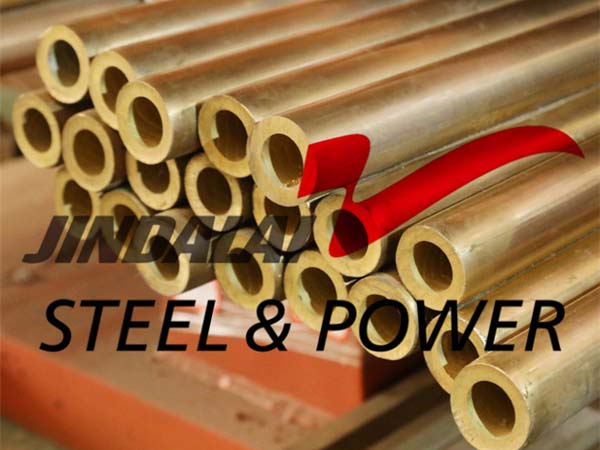
Learn About the Properties and Uses of Brass Metal
Brass is a binary alloy composed of copper and zinc that has been produced for millennia and is valued for its work ability, hard ness,corrosionresistance, and attractive appearance. Jindalai (Shandong) Steel ...Read more -
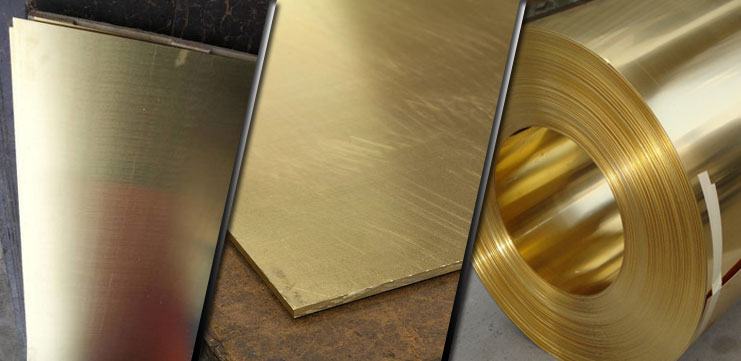
Know more about brass metal materials
Brass The use of brass and copper dates back centuries, and today is used in some of the latest technologies and applications while still being used is more traditional applications such as musical instruments, brass eyelets, ornamental articles and tap and door hardware...Read more


